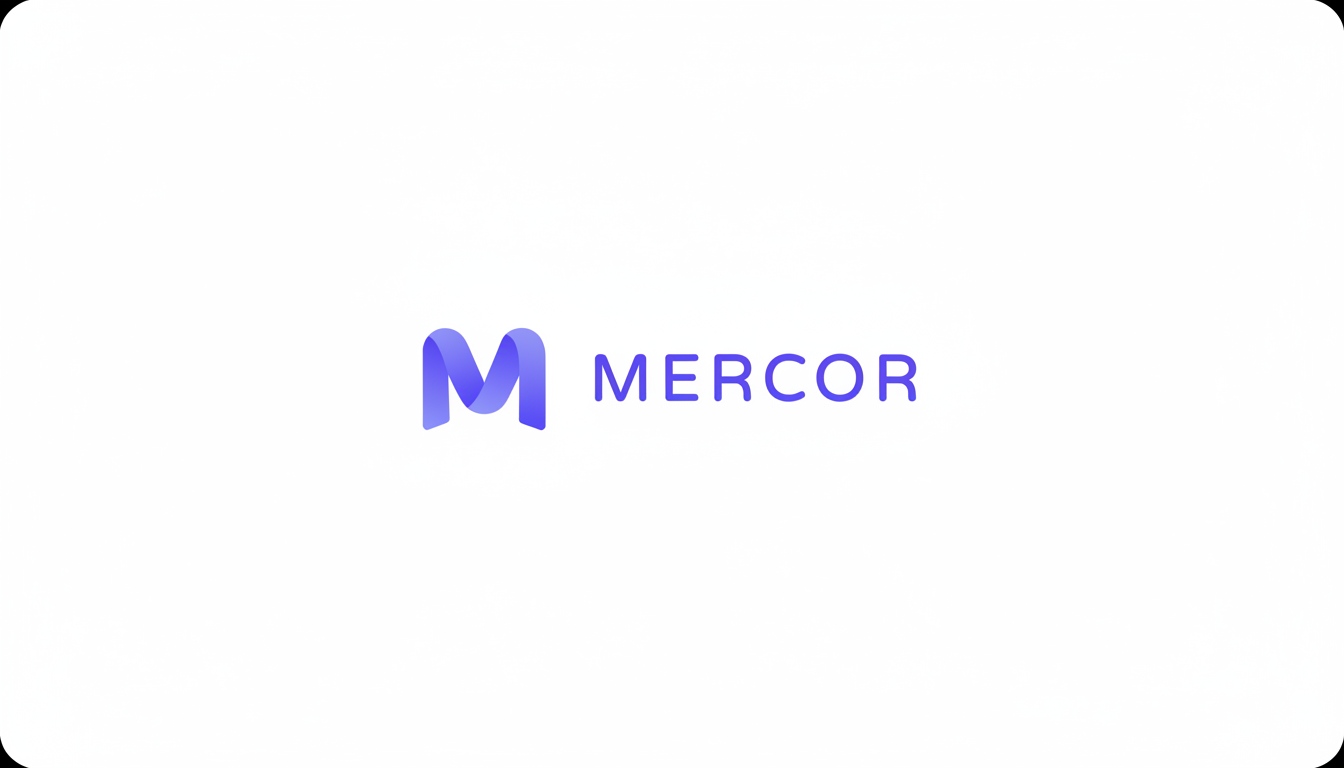Mercor — now worth $10 billion — has reached a $10 billion valuation following the announcement of an eye-watering $350 million Series C, which makes for a fivefold step-up and underlines how significant high-quality human expertise has become in AI model development. The round, led by Felicis Ventures, with participation from previous backers Benchmark and General Catalyst and new investor Robinhood Ventures, demonstrates that the appetite remains high for startups that use a combination of human-in-the-loop training and software infrastructure.
Funding and investors behind Mercor’s Series C round
Felicis also headed up Mercor’s Series B of $100 million at a valuation of $2 billion, an unusually quick re-rate even by AI standards. That continuity is important: when a lead doubles down at an order of magnitude higher price, that typically indicates conviction around product-market fit and defensible economics. As the private market shows signs of returning to pre-heat madness levels, investors still pile into AI infrastructure and tooling. Generative AI startups raised over $25 billion last year, according to CB Insights. Deal value favored companies that enable safer, faster model deployment.
- Funding and investors behind Mercor’s Series C round
- Mercor’s pivot to expert-led AI training and evaluation
- The Scale AI Fallout and Market Opportunity
- Growth metrics, revenue trajectory and product roadmap
- Competitive landscape, differentiation and key risks
- What the funding and strategy mean for enterprises

Mercor’s pivot to expert-led AI training and evaluation
Mercor initially launched as an AI-forward hiring platform, but it quickly moved upmarket where it has built a qualified network of domain specialists — be they scientists, doctors, attorneys, or other credentialed professionals — who get trained alongside your data (train) and then evaluate the model after training (learn). Instead of general data labeling, the company claims to specialize in nuanced, task-specific feedback that cutting-edge systems rely on, such as reinforcement learning pipelines in which human reviewers challenge or validate model decisions and provide structured suggestions.
The company says it now has over 30,000 experts with whom it works — on average they make $85 per hour — and pays out over $1.5 million each day to those experts as contractors.
At an annualized rate, that suggests gross payments surpassing $500 million handily over time — a magnitude that goes a long way in explaining investor enthusiasm. Crucially, Mercor has been adding software on top of this labor marketplace — workflow orchestration, quality control, and tooling that makes expert feedback repeatable and audit-ready — to make it more than just a staffing intermediary.
The Scale AI Fallout and Market Opportunity
Coming up at the same time has been Mercor, which has benefited from changes in its main customer base — big companies buying increasingly smaller things. Some leading labs including OpenAI and Google DeepMind have since re-evaluated their relationships with Scale AI after Meta invested $14 billion in the vendor and hired its chief executive, people familiar with the matter said, which has encouraged some customers to look elsewhere for data-labeling services. The upshot is a broader aperture for specialized partners who can ensure data provenance, expert review, and capacity elasticity — all areas where Mercor has established credibility. In a world where even the smallest of biases or calibration errors have the potential to balloon into product risk, hiring domain experts up front is increasingly seen as simply what successful companies do.
Growth metrics, revenue trajectory and product roadmap
Mercor has told investors it’s tracking toward $500 million in annual recurring revenue, outlining an even faster path to that threshold than Anysphere, which makes Cursor and has served as a benchmark for blitzscaling in developer tools. Although ARR is distinct from gross marketplace volume, the velocity indicates substantial take rates and repeat business.

The company says the new capital will be used to focus on three priorities:
- Expanding the expert network in regulated and technical areas
- Upgrading a matching system that routes the right contractor to the right piece of data or task
- Automating more of the reinforcement learning and review workflows
The approach is flywheel-like: deeper expert benches attract more complex contracts; better matching and workflow software lower unit costs; automation gains throughput without sacrificing oversight. For customers, the guarantee is faster iteration cycles and higher-confidence evaluations, which are necessary for safety reviews, red-teaming, and post-deployment monitoring.
Competitive landscape, differentiation and key risks
Mercor is swimming in a crowded pool that includes Scale AI, Labelbox, Surge AI, Sama, and more legacy data providers that have all launched forays into human feedback and evaluation. The differentiator is likely to be depth of expertise and the software that encapsulates it. With frameworks like the NIST AI Risk Management Framework and new requirements under the EU’s AI Act setting a higher bar for transparency and human oversight, buyers are focusing on partners that can provide audit trails and domain-grounded rationales — more than just annotations at scale.
Risks remain. Heavy use of hourly contractors can squeeze margins if demand weakens, or if competitors bid up expert rates. Big AI labs will likely insource more of their RLHF work, and in fields like healthcare and finance, there are compliance regimes — HIPAA, AML/KYC — that demand strict data handling practices that add drag to growth. The supply of licensed professionals, especially in fields such as medicine and law, is not infinite, leading to potential bottlenecks at a time when customers are demanding 24-hour-a-day coverage across languages and geographies.
What the funding and strategy mean for enterprises
Companies racing to build copilots or decision-support tools face a mundane, obvious constraint: models are only as good as the expert feedback they consume. Mercor’s approach provides a path toward high-signal, verifiable instruction into training and evaluation loops. In the underwriting of insurance, adverse event detection in pharmacovigilance, and compliance review in banking — each requires domain-reviewed data sets and calibrated work-product models. The company’s focus on reinforcement learning infrastructure hints that it wants to shift from project-based staffing to a platform business that becomes more embedded in customers’ MLOps stacks.
If Mercor performs, the Series C could define a move from market scale to software-led defensibility. The $10 billion valuation, it turns out, puts the company among the most richly valued players in human-in-the-loop AI — a bet that expert-driven feedback isn’t a stopgap but rather a permanent layer in the AI value chain.

